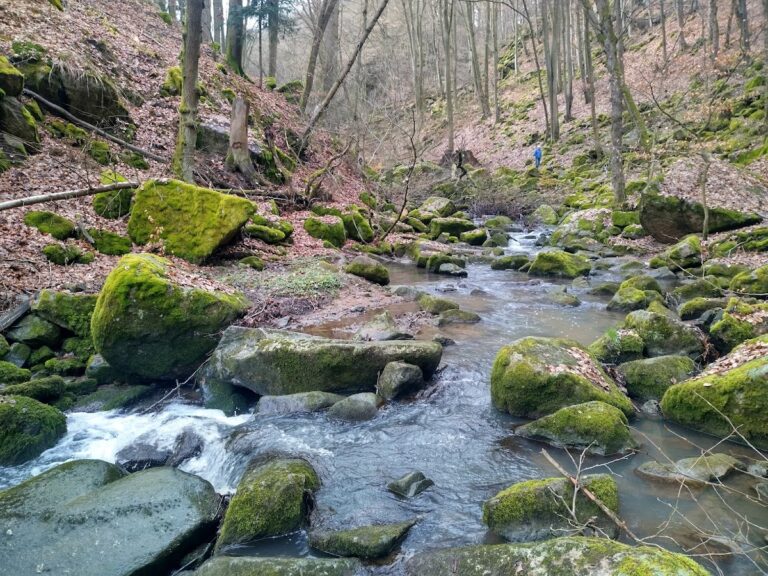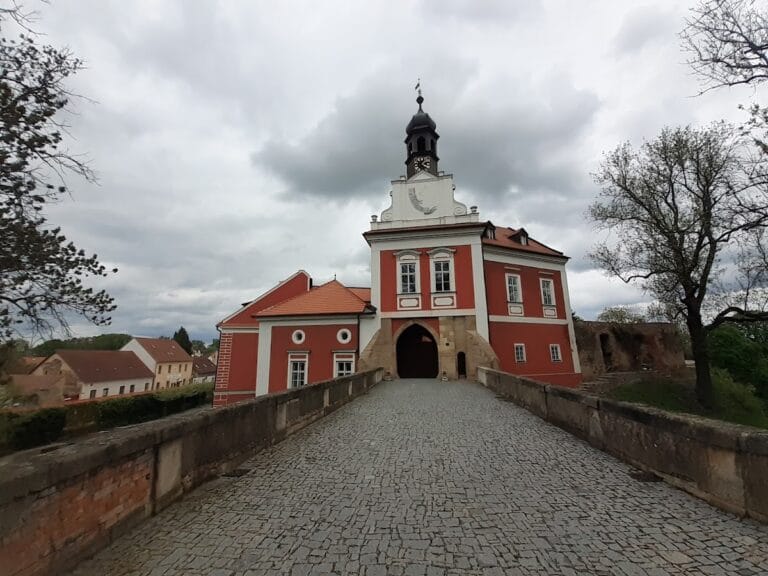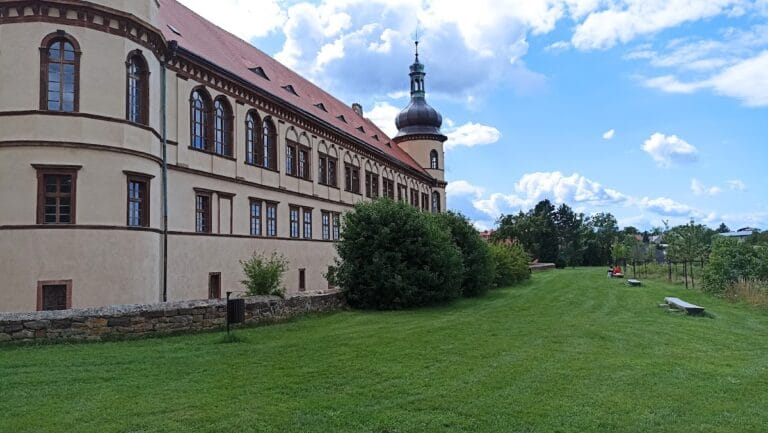Mydlovar Castle: A Medieval Ruin in Czechia
Visitor Information
Google Rating: 4.6
Popularity: Very Low
Google Maps: View on Google Maps
Country: Czechia
Civilization: Unclassified
Remains: Military
History
Mydlovar Castle is located near the village of Kostomlaty in the municipality of Ostrá-Lysá nad Labem, Czechia. It was built during the medieval period by local nobility in the second half of the 13th century, reflecting the feudal landscape of Central Europe at that time.
The earliest references to the surrounding village of Kostomlaty appear in 1223, with connections to the noble family of Choustnik and their successors. However, the castle itself is first explicitly named in documents from 1356. Over the centuries, its ownership passed through several noble lineages, including the lords of Častolovice and Jan Puška of Kunštát, a Moravian noble who fought alongside the Hussite leader Jan Žižka before joining the more moderate Prague faction and becoming captain of Nymburk.
Following political turmoil and the deaths of key figures, the castle became the property of the Podiebrad family, before later transferring to the Šelmberk and Donín families. In 1493, King Vladislav Jagellonský acquired the castle but pledged it to a member of the Šelmberk family named Jan. The last noble owner, Bedřich of Donín, took part in the Bohemian Estates uprising against Habsburg rule. His estate was confiscated in 1547 as a consequence, after which the castle was absorbed into the royal estate of Lysá nad Labem and abandoned.
By 1561, the castle was recorded as deserted and it has remained a ruin ever since. Local folklore ties the site to the legendary princess Libuše, who is said to have used the castle as a summer residence and cultivated the flower known as ladoňka nearby, giving the site a timeless dimension in regional tradition.
Remains
Mydlovar Castle was constructed on an artificially elevated hill nearly 185 meters above sea level, surrounded by marshy terrain and oxbow lakes formed by the Elbe River. This strategic placement utilized natural water defenses and supplemented them through man-made double moats and earth ramparts, particularly along its northern and western approaches. To the east, the outer bailey area has been identified but shows no evidence of stone or brick construction.
The main entrance to the castle’s inner enclosure was located on the northern side. The defensive heart of the complex consisted of a curtain wall made primarily of brick, a distinctive feature setting Mydlovar apart as potentially the only castle in Bohemia chiefly built from bricks instead of stone. This brick wall, serving as the principal fortification, still partially survives above ground.
Within the castle core, the internal buildings and curtain wall have collapsed inward over time, causing the courtyard to rise above its original medieval level. This collapse obscures a clear understanding of the internal layout, but the remnants reflect a once rugged defensive stronghold adapted to the surrounding wetland environment.
Today, the ruins are preserved within the Mydlovarský luh nature reserve. Access to the site is possible through marked hiking paths originating from nearby villages, allowing visitors to observe the vestiges of the castle’s once imposing defensive structures set in a unique riverside landscape.







